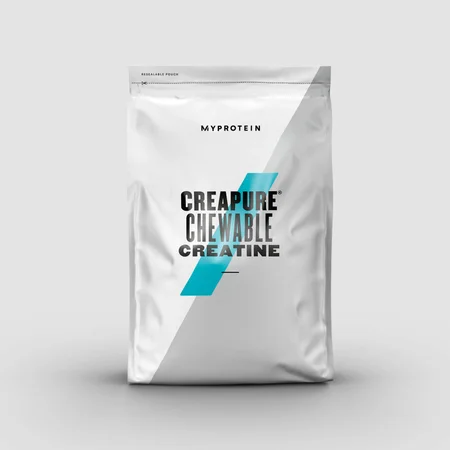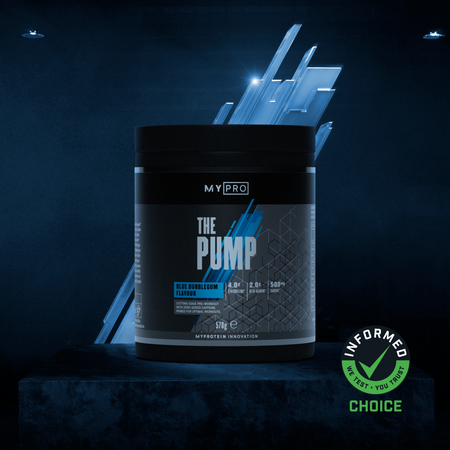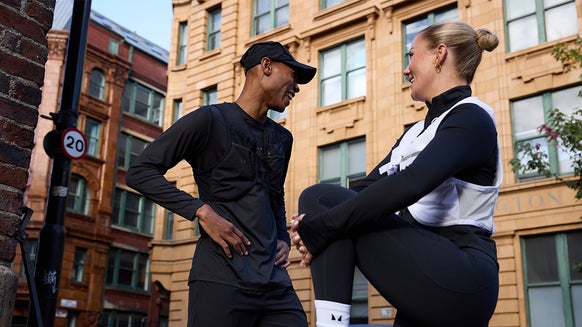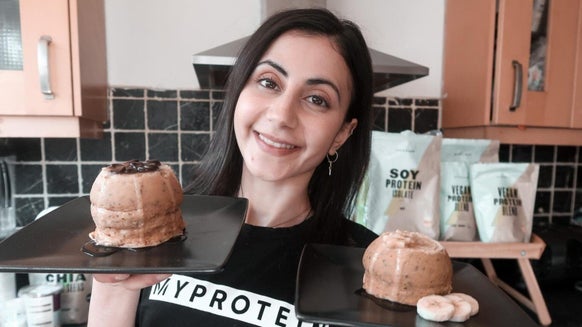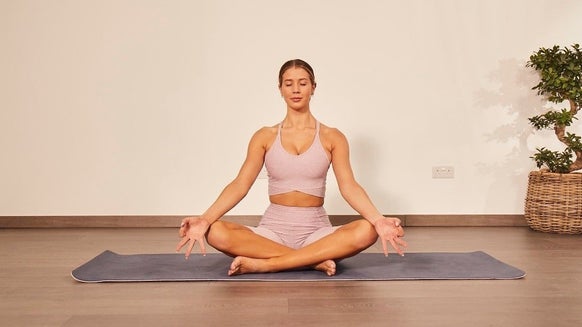How To Train Like A Strongman | Athlete Guides
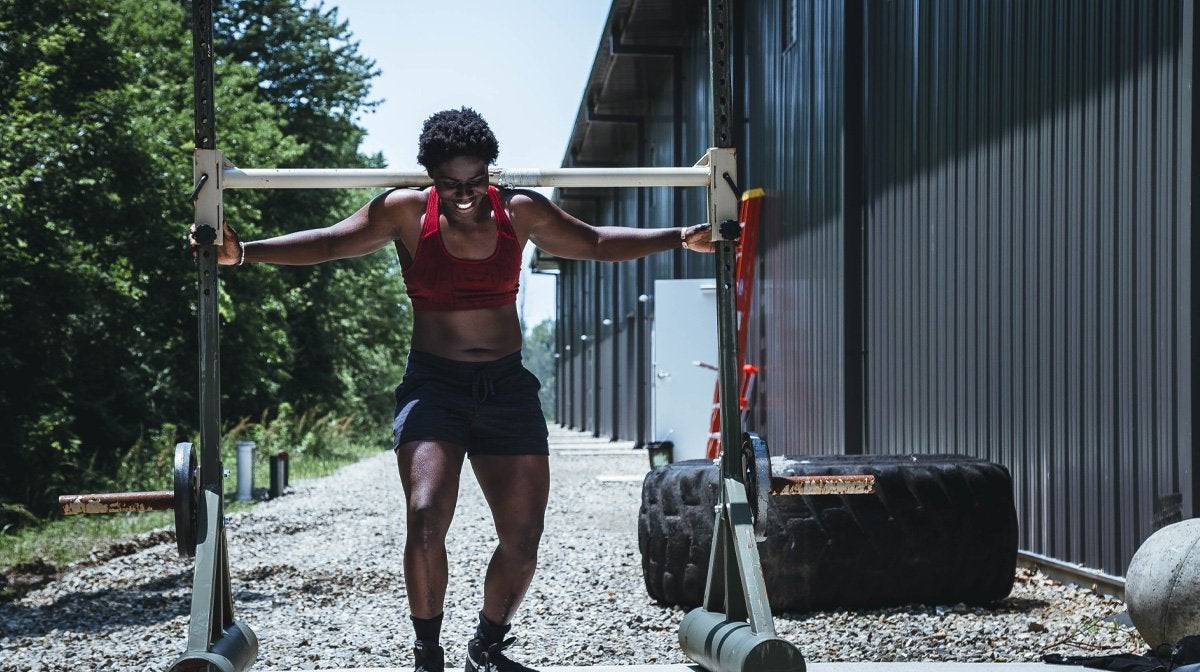
Strongmen, and strongwomen, are able to lift incredibly heavy objects that seem to defy human ability. But those feats don’t come easily — it takes plenty of hard work and dedication to be able to get to that point. You need to train right, eat right, and live right. Here’s what it takes to be a strongman.
What is strongman?
Strongman, or strength athletics, is a sport made up of a series of tests requiring almost superhuman strength. Endurance, power and cardiovascular fitness are also tested.
Strongman and strongwoman events often involve lifting or moving incredibly heavy objects like atlas stones, logs and even vehicles, competitions are usually split into weight classes, and events are scored on points.
If you want to improve strength and power — and physique is not your main focus — you might want to try strongman training. It's also helpful if you’ve hit a training plateau and need to make a change.
Strongman training is becoming increasingly common in other sports — like rugby — that require strength and power.
Train like a strongman
Strongperson training is incredibly taxing and needs a lot of planning if you want to get the most out of it. The focus should be on compound movements — particularly upper and lower-body pushes and pulls — as well as transitional or locomotion movements like sled drags.
Check out these workout routines to get a better idea of what strongman training looks like:
Strength and power training, and circuits, are a good place to start. A standard workout might start with some common compound movements, move on to a couple of accessory exercises, and then finish with a power circuit.
| Exercise | Sets | Reps | Rest |
| Deadlift | 5 | 3 | 3 min |
| Military press | 4 | 4 | 3 min |
| Walking lunges | 3 | 8 | 2 min |
| Dips | 3 | 8 | 2 min |
| Single arm row | 3 | 8 | 2 min |
| Power circuit: | |||
| Single Arm Snatch (circus style if available) |
2-4 rounds |
6 | 1 min |
| Sandbag overhead toss | 6 | ||
| Farmers Carry | 2 lengths | ||
| Tire Flip | 6 |
It’s important to remember that strongman training is incredibly demanding. Seek advice from a PT before you begin training, especially if you’re a beginner.
And proper recovery is vital if you want to avoid injury. Check out Tom and Luke Stoltman’s active rest day routine.
Popular strongman workout routines (H2)
There are loads of high-profile strongmen and strongwomen you can follow online. Check out the socials of Eddie Hall, Tom and Luke Stoltman, Lucy Underdown, and Gavin ‘the Bull’ Bilton, if you want an insight into the training and lifestyles of the pros.
Strongman FAQs
What qualifies as a strongman?
Anyone who enters a strongman competition can be considered a strongman or strongwoman. You don’t need to look, act, or train in a certain way.
If you’ve been doing a lot of strongman training and feel ready for an event, have a look online to see if there are any local amateur competitions to compete in.
How many hours a day do strongmen train?
Strongmen can train anywhere from 1 to 6 hours per day, depending on their level of professionalism and their work schedule. A standard strongman session usually lasts between 90 and 120 minutes, covering a good warm-up, some sets with plenty of rest for strength, as well as deload sets to take care of the body.
Which supplements do strongmen take?
The supplements that strongmen take depend on the phase of their training. A BCAA is typically taken during training sessions that last over an hour. Creatine is used to support strength gains, and a recovery shake is consumed to aid recovery and support the body's increased calorie demands in the following days.
What do strongmen eat?
Strongmen need to consume a lot of food, with a good balance of proteins and carbohydrates to fuel training and help with recovery and muscle growth.
Do strongmen ever cut?
If competing in a specific weight category, a strongman may need to cut down on unnecessary mass, like body fat, to meet the weight requirements.
However, cutting mass will inevitably lead to losing some muscle and strength, which are important for competition.
What is the difference between a strongman and a bodybuilder?
The training programmes of strongmen and pro bodybuilders have many similarities, but strongman training tends to focus more on specific movements that involve lifting heavy objects while staying mobile.
Bodybuilders instead focus on developing the size and shape of their muscles, which requires a lot of focus on isolation movements that target specific muscle groups.
But this doesn’t mean that bodybuilders never do functional movements or that strongmen never do isolation movements. Both commonly feature depending on specific training requirements.
What is the difference between a strongman and a powerlifter?
Powerlifting is a sport that focuses on just three movements: squat, bench press, and deadlift. Strongman, on the other hand, are much more varied when it comes to events.
That said, the training can be similar, and competitors in either sport can transition from one to the other.
Take home message
Whether you intend to enter a competition or just fancy trying something new, strongman training is a great way to develop strength across all of the body. Have a go at the strongman training routine and see how you find it... you may be the next Tom Stoltman.

Simon started his fitness journey from a young age, and was playing sport as soon as he could roll a ball. This pushed him to compete in a variety of sports from rugby to squash.
After completing an MSc in Strength & Conditioning, alongside a PT qualification, he gained an academic role at the University of Chester. From lecturing to research-based studies, his applied role caters to both team and individual sports.
